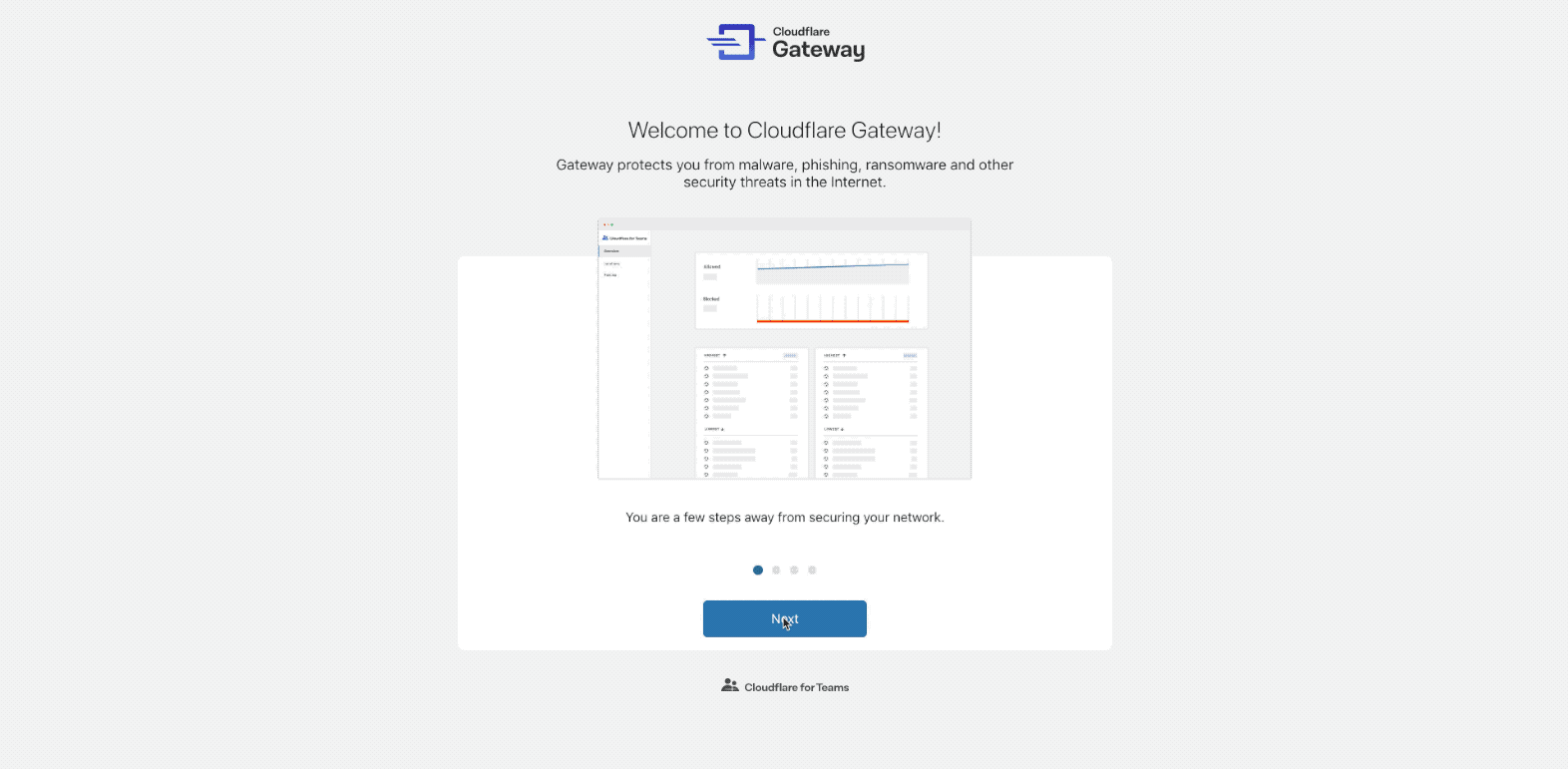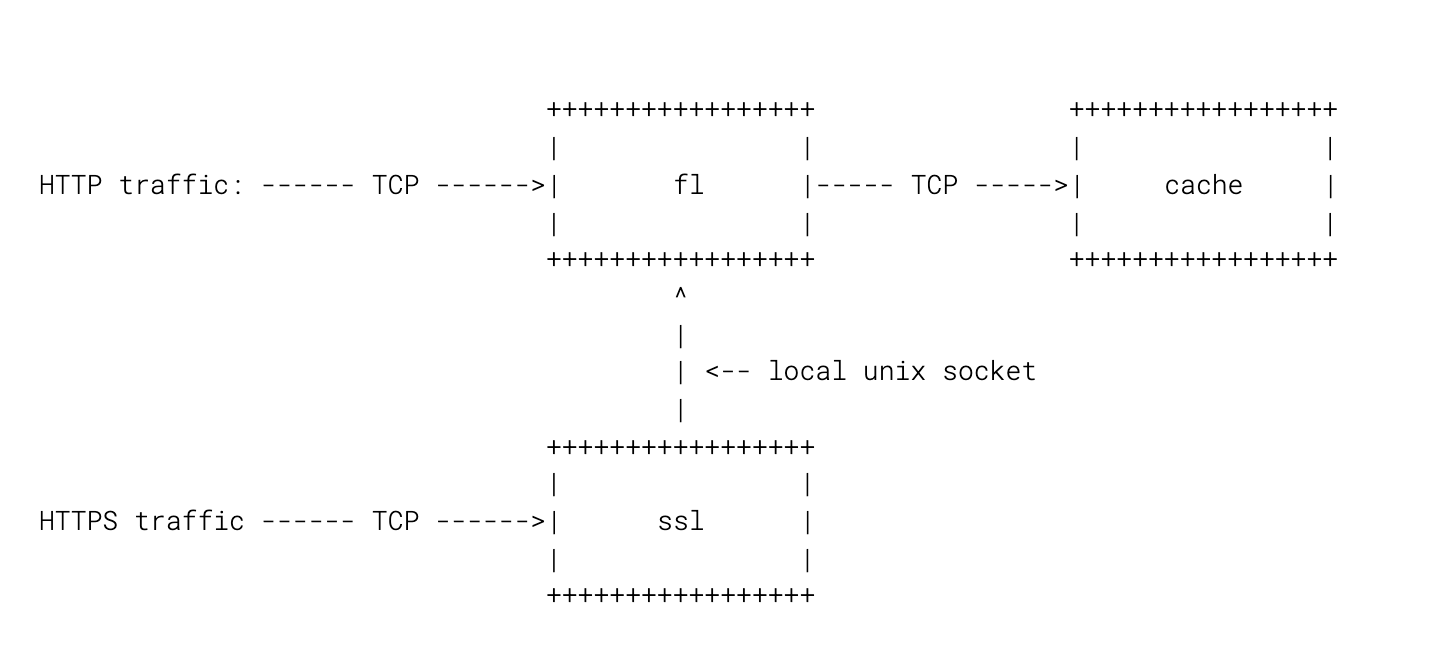MEF Awards First Round of SD-WAN Service Provider Certifications
The certification was unveiled in November, and aimed at helping enterprises select an SD-WAN...
Cloud RAN on Pace to Surpass Traditional RAN by 2022
Traditional RAN site deployments have been dropping off since 2017 and will represent less than 15%...
SFMIX San Francisco shelter in place
A shelter in place order restricted San Francisco residents to their homes beginning at 12:01 a.m. on March 17, 2020. Many residents work for Bay Area technology companies such as Salesforce, Facebook, Twitter, Google, Netflix and Apple. Employees from these companies are able to, and have been instructed to, work remotely from their homes. In addition, other housebound residents are making use of social networking to keep in touch with friends and family as well as streaming media and online gaming for entertainment.The traffic trend chart above from the San Francisco Metropolitan Internet Exchange (SFMIX) shows the change in network traffic that has resulted from the shelter in place order. Peak traffic has increased by around 10Gbit/s (a 25% increase) and continues throughout the day (whereas peaks previously occurred in the evenings).
The SFMIX network directly connects a number of data centers in the Bay Area and the member organizations that peer from those data centers. Peering through the exchange network keeps traffic local by directly connecting companies with their employees and customers and avoiding potentially congested service provider networks.
SFMIX recently finished a network upgrade to 100Gbit/s Arista switches and all fiber Continue reading
Cisco Patches 5 SD-WAN Vulnerabilities
All of these bugs require some form of authentication, which makes them more difficult to exploit....
Using Cloudflare Gateway to Stay Productive (and turn off distractions) While Working Remotely

This week, like many of you reading this article, I am working from home. I don’t know about you, but I’ve found it hard to stay focused when the Internet is full of news related to the coronavirus.
CNN. Twitter. Fox News. It doesn’t matter where you look, everyone is vying for your attention. It’s totally riveting…
… and it’s really hard not to get distracted.
It got me annoyed enough that I decided to do something about it. Using Cloudflare’s new product, Cloudflare Gateway, I removed all the online distractions I normally get snared by — at least during working hours.
This blog post isn’t very long, but that’s a function of how easy it is to get Gateway up and running!
Getting Started
To get started, you’ll want to set up Gateway under your Cloudflare account. Head to the Cloudflare for Teams dashboard to set it up for free (if you don’t already have a Cloudflare account, hit the ‘Sign up’ button beneath the login form).
If you are using Gateway for the first time, the dashboard will take you through an onboarding experience:

The onboarding flow will help you set up your first location. A location is Continue reading
What is Healthy Risk Taking When it Comes to Your Career?
To move ahead in your career and achieve the goals you set for yourself at the start of your career is going to involve taking some risks. However, not every risk you take in your career is a wise and healthy risk that will lead to the rewards you are seeking. Before you take any risk in your career, you first need to define healthy risk taking behavior.
What is Healthy Risk Taking Behavior?
Healthy risk taking behavior can be defined as risk taking that is planned and calculated after weighing the pros and cons of taking that risk. You can also define healthy risk taking behavior as taking a risk to reach your career goals, knowing that taking that risk can lead to failure, but can also lead to great success.
Risk taking helps you to overcome your fear and take action in the pursuit of a higher goal. When engaging in healthy risk taking, there are some things you need to consider.
Possible Outcomes
What will be the possible outcomes of taking certain risks? For example, will changing from one company to another result in getting you a step closer to your career goals, or will the outcome Continue reading
IPv6 Buzz 047: End-User And Client Wireless IPv6
In this week's IPv6 Buzz episode, Ed and Tom discuss deploying end-user wireless IPv6 with Charlie Clemmer, a principal network engineer with HPE/Aruba and regular WLPC presenter. We talk about how to get started, key tools and utilities to help with deployment, and more.
The post IPv6 Buzz 047: End-User And Client Wireless IPv6 appeared first on Packet Pushers.
IPv6 Buzz 047: End-User And Client Wireless IPv6
In this week's IPv6 Buzz episode, Ed and Tom discuss deploying end-user wireless IPv6 with Charlie Clemmer, a principal network engineer with HPE/Aruba and regular WLPC presenter. We talk about how to get started, key tools and utilities to help with deployment, and more.Keepalives considered harmful

This may sound like a weird title, but hear me out. You’d think keepalives would always be helpful, but turns out reality isn’t always what you expect it to be. It really helps if you read Why does one NGINX worker take all the load? first. This post is an adaptation of a rather old post on Cloudflare’s internal blog, so not all details are exactly as they are in production today but the lessons are still valid.
This is a story about how we were seeing some complaints about sporadic latency spikes, made some unconventional changes, and were able to slash the 99.9th latency percentile by 4x!
Request flow on Cloudflare edge
I'm going to focus only on two parts of our edge stack: FL and SSL.
- FL accepts plain HTTP connections and does the main request logic, including our WAF
- SSL terminates SSL and passes connections to FL over local Unix socket:
Here’s a diagram:

These days we route all traffic through SSL for simplicity, but in the grand scheme of things it’s not going to matter much.
Each of these processes is not itself a single process, but rather a master process and a collection of Continue reading
Managing the Complexity of Jinja2 Templates in Ansible
One of the first roadblocks you’ll hit in your “let’s master Ansible” journey will be a weird error deep inside a Jinja2 template. Can we manage that complexity somehow… or as one of the participants in our Building Network Automation Solutions online course asked:
Is there any recommendation/best practices on Jinja templates size and/or complexity, when is it time to split single template into function portions, what do you guys do? And what is better in terms of where to put logic - into jinja or playbooks
One of my friends described the challenge as “Debugging Ansible is one of the most terrible experiences one can endure…” and debugging Jinja2 errors within Ansible playbooks is even worse, but there are still a few things you can do.
Read more ...Managing the Complexity of Jinja2 Templates in Ansible
One of the first roadblocks you’ll hit in your “let’s master Ansible” journey will be a weird error deep inside a Jinja2 template. Can we manage that complexity somehow… or as one of the participants in our Building Network Automation Solutions online course asked:
Is there any recommendation/best practices on Jinja templates size and/or complexity, when is it time to split single template into function portions, what do you guys do? And what is better in terms of where to put logic - into jinja or playbooks
One of my friends described the challenge as “Debugging Ansible is one of the most terrible experiences one can endure…” and debugging Jinja2 errors within Ansible playbooks is even worse, but there are still a few things you can do.
BGP security: an overview of the RPKI framework
The post BGP security: an overview of the RPKI framework appeared first on Noction.
N95 Mask Sterilization Idea
 This is an urgent call for expert help to quickly test a possible method to sterilize used N95 masks.
This is an urgent call for expert help to quickly test a possible method to sterilize used N95 masks.
In many places, hospital staff, first responders and others are at grave risk due to inadequate supplies of N95 masks. Already, some hospitals even in the U.S. report running out of N95 masks and face reusing possibly contaminated masks. My local fire department has about 20 N95 masks total available, as they face transporting patients to the hospital. People are faced with reusing masks without sterilization. I offer an idea that might alleviate the critical shortage. I have run this idea past my pulmonary care doctor of many years who believes that the idea may be viable, but everyone on the front lines of the epidemic are already working flat out.
I sent the letter below to Dr. Anthony Fauci that sets the context.
People with the right expertise are needed to vet the idea and ensure that it is safe and effective as quickly as possible.
Anthony S. Fauci, M.D., NIAID Director
NIAID Director
National Institutes of Health
Dear Dr. Fauci,
N95 masks are in critically short supply. Sterilization of disposable masks N95 could be a Continue reading
Kernel of Truth season 3 episode 3: Linux networking with eBPF
Subscribe to Kernel of Truth on iTunes, Google Play, Spotify, Cast Box and Sticher!
Click here for our previous episode.
This podcast is all about Linux and to talk about it, we have two of the top Linux kernel experts. Kernel of Truth host Roopa Prabhu is one and chats with our special guest David Ahern about eBPF. If you haven’t heard of eBPF, it’s the hottest Linux kernel technology bringing programmability and acceleration to many Linux subsystems. In this podcast we focus on eBPF’s impact on networking and the million possibilities it brings to the table.
Guest Bios
Roopa Prabhu: Roopa Prabhu is Chief Linux Architect at Cumulus Networks. At Cumulus she and her team work on all things kernel networking and Linux system infrastructure areas. Her primary focus areas in the Linux kernel are Linux bridge, Netlink, VxLAN, Lightweight tunnels. She is currently focused on building Linux kernel dataplane for E-VPN. She loves working at Cumulus and with the Linux kernel networking and debian communities. Her past experience includes Linux clusters, ethernet drivers and Linux KVM virtualization platforms. She has a BS and MS in Computer Science. You can find her on Twitter at @__roopa.
HashiCorp Scores $175M Funding Round, $5B Valuation
The company has posted a 100% year-over-year increase in revenue during the past four years, and...
Daily Roundup: COVID-19 Postpones Google Cloud Next
COVID-19 postponed Google Cloud Next; SoftIron placed its bets on SONiC; and Telefónica tapped...
DoCoMo 5G Service Gets Launch Date
The carrier's network will have 500 base stations covering around 150 “locations” around the...
Telefónica Wades Into Open RAN Across Global Footprint
Open RAN is gaining momentum around the world and it’s being driven further by recently increased...

